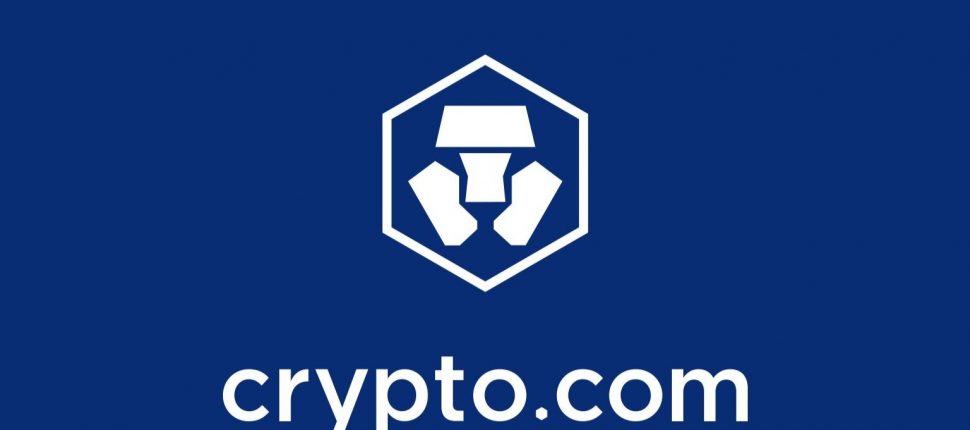- >Buying Crypto
- >NEAR Protocol Review
NEAR Protocol Overview: How it Works, Where to Buy
NEAR Pros & Cons
Pros
Over 100k TPS
Extremely low transaction fees
Interoperable with other blockchain networks
Cons
Only validators can vote on protocol changes
Concerns of initial token distribution
Centralization of decision-making
Our Favorite Exchange for Buying NEAR
- One-stop shop for crypto with built-in exchange, app, lending platform, debit card and more
- Native CRO token gives users a huge variety of perks and can be staked for over 10% APY
- Potential for earning high amount of interest when storing digital assets on Crypto.com
- A long-term goal of building cryptocurrency adoption on whole
NEAR Ratings
Developer Engagement
- Rating: High
- Reason: Developers and NEAR Foundation are actively involved in the NEAR community and there is an active community forum where users share ideas and help create governance proposals. The protocol is frequently updated in GitHub and there is NEAR University, which is a platform where users can learn about developing on NEAR.
Disbursement
- Rating: Medium
- Reason: 36% of the initial token distribution went to the core team and initial backers, and only 12% was available to the community. In order to vote on governance proposals, you must be a validator, which requires you to get a “seat”, the price of which depends on how much NEAR is being staked by others. Currently, to get a seat, it requires you to stake 60,402 NEAR, which is well over $1 million USD at current prices. There are only 73 validators in the world. Users can delegate their tokens to a validator for block rewards but have no influence on the validator’s vote.
Liquidity
- Rating: High
- Reason: Top 20 cryptocurrency by market cap, with daily trading volumes of over $1 billion USD. Available on most major exchanges except Coinbase.
Network Speed
- Rating: High
- Reason: NEAR can process over 100,000 transactions per second thanks to its sharding consensus mechanism and can be finalized in one second. Transactions costs are so low they have to be described in yoctoNEAR (yN) and works out currently to be 0.0001 NEAR to send a transaction.
Supply
- Total Supply: 1,000,000,000
- Maximum Supply: 1,000,000
- Note: Supply has an annual inflation rate of 5%, but NEAR is also burned for network fees. In order for inflation to be 0%, the network must process over 1 billion transactions a day. Otherwise, the supply will increase from the numbers stated by the developers.
History of Near Protocol
NEAR began as a machine learning project called NEAR.ai in 2017 and was started by Alexander Skidanov and Illia Polosukhin. Skidanov was a software developer for Microsoft before moving to MEMSQL as director of engineering, while Polosukhin was an engineering manager for Google. They found when researching blockchains for their AI apps that none met their needs, and so they began working on NEAR in August 2018.
They secured funding and began working on NEAR Protocol as a platform that would give developers an easy way to build decentralized applications that can also scale to mass use. They implemented a proof-of-stake (PoS) consensus mechanism and combined it with a new sharding approach called Nightshade and a new block production technique called Doomslug. The NEAR main net was launched on October 13, 2020 and has been growing since then.
Where You Can Buy NEAR
You can buy NEAR token on most major centralized and decentralized cryptocurrency exchanges, the only main one it is currently unavailable on being Coinbase. Below are some of the exchanges where you can buy NEAR:
Advantages of NEAR
The main advantages of NEAR are all related to its scalability. The NEAR network is able to process upwards of 100,000 transactions per second, which is double what Solana, another newcomer, is able to do. Not only that, transactions on NEAR are finalized in about 1 second and with a transaction fee that is fractions of a cent. NEAR is able to do this thanks to its Nightshade sharding system, and Doomslug block production technique. Nightshade allows the network to improve efficiency by only adding snapshots of a shard to a block, while Doomslug allows for validators to take turns to produce and validate blocks. Both of these combine to reduce load on the network and increase throughput
NEAR is also interoperable with other blockchains. Their Rainbow Bridge allows users to bring tokens over from Ethereum, and their Aurora Ethereum Virtual Machine allows projects on Ethereum to easily begin building on NEAR. NEAR is also working with Cosmos and the Binance Smart Chain.
Disadvantages of NEAR
The main disadvantages of NEAR are all related to governance. The initial token distribution allocated over 36% of the total supply to the core team and backers. This gives them control of a large portion of the asset, even if released on a 5-year vested schedule, as that started 4 years ago. When combined with the inability to vote on governance proposals unless you are staking enough NEAR to be a validator it becomes clear that there are some issues of centralization within the network.
In order to be a validator on NEAR you must be able to stake enough to get a “seat”. The price of a seat depends on how much other validators are already staking, and it is currently over 60k NEAR tokens, which at current prices means you would need to spend over $1 million USD to become a validator. This may explain why there are only 73 validators on the network. Since only validators are able to vote (and delegates have no control over how their validators vote), it means that currently there are only 73 votes taken into account when deciding on governance changes. That is not exactly decentralized and will need to change sooner than later.
NEAR Frequently Asked Questions
NEAR protocol is able to process upwards of 100,000 transactions per second, with an extremely low transaction fee.
NEAR is a layer one blockchain, meaning that NEAR token is the fuel that powers the NEAR Protocol blockchain.
You can invest in NEAR Protocol by trading for it using already owned cryptocurrencies, which can be done both on centralized and decentralized exchanges. You can also buy it directly with fiat through a crypto exchange such as Binance.
Yes! Aurora is an EVM built on the NEAR Protocol, it delivers an easy solution for developers to bring their apps to a high-throughput, scalable platform, with low transaction costs for their users.

